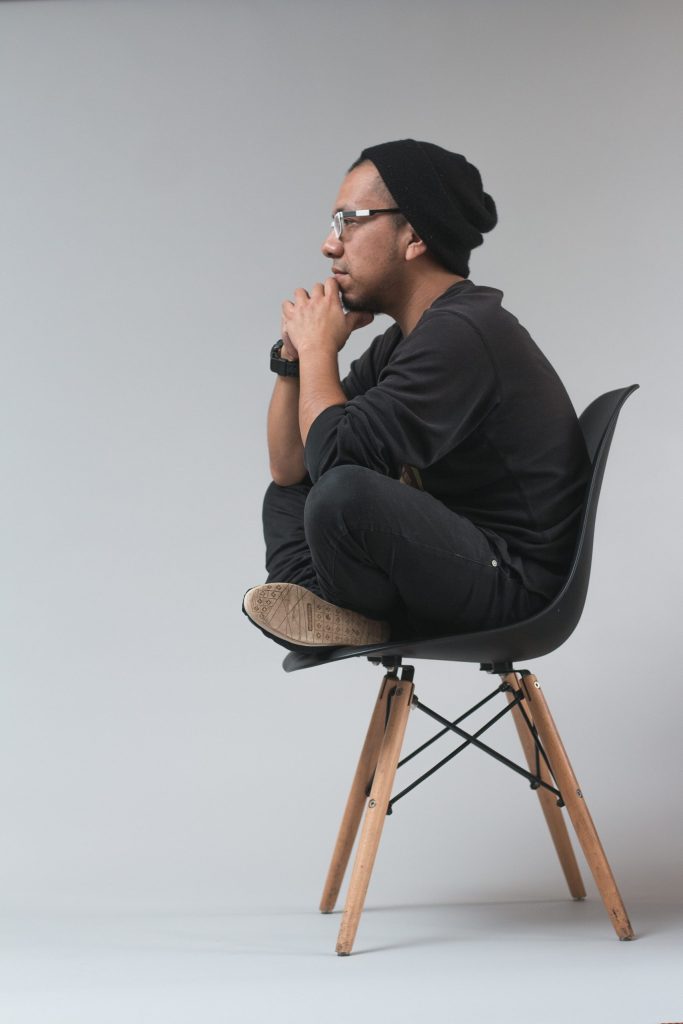PUT MINDSET BEFORE DESIGN

The process of creating a new product for sale to customers is known as product design. Thought this definition tends to oversimplify, product design is actually a broad concept which encompasses a systematic generation and development of ideas that eventually leads to the creation of new products. Design experts work on concepts and ideas, eventually turning them into tangible products and inventions.
The product design expert works with innovation ,experimentation and Marketing to create these products. This increasingly complex process is now supported by evolving digital tools and techniques that reduce the involvement of a large team and help visualize a product in great deal before it is created.
This leads many to think product design is for people who have expert knowledge in their academics which is not the case. Experience comes with iterations which increases your knowledge on the product you are trying to design or make.
In 1894, a bookkeeper made a discovery that would forever change what we eat in the morning. Seeking a more digestible breakfast alternative to baked bread for his brother’s hospital patients, the bespectacled former broom salesman accidentally left a pot of boiled wheat out overnight. The wheat became softened and when he rolled it out and baked it, each grain became a crispy flake.
The bookkeeper could have avoided it but he persisted and followed his instincts. He tried the technique on corn. Over the course of several years, he perfected the tasty flakes by experimenting with different formulas and testing them with his brother’s patients. He had invented or designed corn flakes.
But he didn’t stop there. He believed that the entire population not just hospital patients with special diet restrictions would enjoy the new food, and he carefully positioned and marketed it. He created a recognizable brand and set about continually improving packaging that kept the product fresh.
The bookkeepers name was J.H.Kellogg. The product went on to sell 175,000 cases in its first year, laying the foundation for the $22.5 billion company. After decades it still bears Kellogg’s name.
Kellogg’s genius came not just in his flair for food product invention, but also in his customer-centric approach, iterative prototyping process and careful consideration of the entire product experience — from the cereal itself to its packaging, marketing and distribution. Kellogg was more than a brilliant food scientist and marketer. He was also a brilliant designer.
When done well, a human-centered approach fuels the creation of products that resonate more deeply with an audience ultimately driving engagement and growth. The values of a product designer is the same but the platform we are using is changing by the day.This COVID 19 has shown us nothing is stable and secure and it is these values of a product designer that we have to take forward into this decade.
In this coming decade HUMCEN way of innovation will be applied in the 2020s, we will see more companies apply HUMCEN methodologies to broader business and operational challenges. As more organizations evolve to incorporate design into other processes, designers will need to evolve as well. We’ll need to equip ourselves with a better understanding of our businesses’ needs and how we’re uniquely suited to drive impact in the products we make.
I have experienced this way of innovation give fruitful results in developing new products which help organizations profit in ways they never imagined. This is the way forward HUMCEN – Human Centered Innovation is the way forward still in 2020.
-Design Research Team,HumCen

